Cleanliness is next to godliness. In brewing, cleanliness is next to goodliness (or something like that). Even if you think you are committed to a proper cleaning and maintenance schedule, there might be some tasks slipping through the filter, pushing your goodliness results to below average. For some advice in this area, we reached out to Zep, a market leader in chemical cleaning and sanitizing technologies in a variety of food and beverage market segments. As you might expect, Zep has an intense maintenance site-assessment and training program for breweries. Below are some tips sent in by Zep’s Scott Jimenez and Adel Makdesi.
1. Descale or acid-wash the brew vessel exterior surfaces
It is very important to keep a routine schedule to clean and descale the exteriors surfaces of the brew vessels. For example, a weekly acid washing of all vessels and processing equipment after cleaning them with an alkaline cleaner will not only ensure shinier looking tanks, but it will also reduce the vessels’ cleanup time needed by preventing any caustic and/or mineral deposits from accumulating. Also, the weekly acid wash will reduce the likelihood of microbial harborage and biofilm formation on the surfaces.
This cleaning and descaling task can be done as follows:
- Foam the exterior surfaces of the vessels with an alkaline detergent, such as Zep’s FS Process Cleaner, or chlorinated caustic cleaner, such as Zep’s FS Formula 4089.
- Allow the foam to stay for five minutes and then thoroughly rinse the vessels with fresh water before the foam dries on the surfaces. The five minutes will give the detergent some contact time which is necessary to help loosen and lift the soil from the surfaces.
- Once a week, foam the exterior and interior surfaces of the vessels with an acid detergent, such as Zep’s FS Concentrated Foaming Acid or FS Sizzle Brite, to remove any mineral scales (caustic and hard water scales), as well as protein buildup from the surfaces.
Please keep in mind that the above scales are best removed with an acid cleaner. Once removed, the vessels will look shiny and bright without the need to polish them.
2. Schedule a regular cooler floor cleaning procedure
Ideally we want to clean the floors in the cooler on a monthly basis, but that may be unrealistic in some cases. Cleaning the floors in the cooler on a regular basis (at least once a quarter) is a good practice. The foot traffic, cart traffic and cooler doors are opened and closed frequently, which will allow water condensation to accumulate at the cooler entrance, which will promote and encourage microbial growth and biofilm formation around the door and on the walls, ceiling and floors. Also, over time soil and debris can be transferred from workers shoes and carts and forklifts wheels onto the cooler floors. There are cleaners that your chemical provider can provide that will work in cooler applications.
3. Check that spray bottles and secondary containers have the correct labels
Keeping all spray bottles and secondary containers properly labeled will improve employee safety and minimize the chance of chemical mixing accidents and/or applying the wrong chemical for the job. Having these labeled will also keep you in compliance should an OSHA audit occurs. Each unlabeled spray bottle can result in a fine per bottle or container.
4. Protect brewery floors from microbial contamination and the formation of biofilm
With the constant wetness and humidity that exists in the brewery environment, microbial growth and biofilm formation can occur rapidly on the floors under the bases of the tanks that are not sealed directly to the floors. To prevent microbial contamination of the area, sealing the gaps between the bases and the floors with concrete or any type of chemical resistant sealant is highly recommended. If the sealant does not exist, however, it will be helpful to sprinkle an approved antimicrobial powdered chemical such as Ultra Step around the bases of the tanks during processing. Ultra Step will protect your brewery’s floors from the microorganisms that can be transferred via the wash water from the biofilms to the floors and into the drains.
5. Clean and sanitize brewery vessels and mechanical tools
It is very important to clean and sanitize all brewing secondary containers (buckets, pitchers, graduated vials) and hand tools (wrenches, pliers, etc.) after use. These tools and vessels are moved around the brewery from the brewhouse to other areas in the plant, and they can cause cross contamination between the different areas if not cleaned and sanitized. And same goes with carts that move from one area to another. Therefore, cleaning and sanitizing these containers and tools can prevent microbial contamination of the processing equipment and floors in different processing areas.
6. Ensure coils in cooling units are cleaned on a regular basis
Maintaining and cleaning the cooling coils on your cooling units offers multiple benefits: (a) Energy savings — clean coils do not have to work as hard to cool when clean and (b) since these units are air movers, any growth that may be occurring on the units due to the lack of regular cleaning and sanitizing will become airborne and contaminate the walls and racking.
Cleaning these units on a regular basis with a soft-metal safe foaming product, such as Zep’s FS foam Sta, followed by sanitizing them with the quaternary ammonium based sanitizer, such as Zep’s FS Amine-Z, will help maintain these units clean and free of microorganisms.
Also, utilizing a product like Zep’s Coil Cleaner, which emits a low concentration of chlorine dioxide gas will destroy mold spores and cease microbial growth that may start on the coils and in the condensation drip pans. This product will not damage the coils, and it is safe to be used around food and beverage products. After cleaning and sanitizing the coils, simply activate the Coil Cleaner pod and hang it on the air intake side of the cooling unit. These pods will last 30 days and maintain clean and efficient cooling coils.
7. Use water temperature at 170 degrees F or more to clean the CIP systems and tanks
Cold vessels will reduce the end use water temperature. Therefore, if possible, bring vessel temperatures up beforehand because utilizing water at a temperature below the above level will require a longer CIP cycle and/or more chemicals to achieve a desired level of cleanliness.
8. Clean, purge and sanitize hoses.
Rubber houses present an ideal environment for biofilm growth when not cleaned and sanitized regularly. Water, moisture, cracks and wear spots on the hoses will create breeding grounds for microorganisms. Also be sure all fittings are securely fastened.

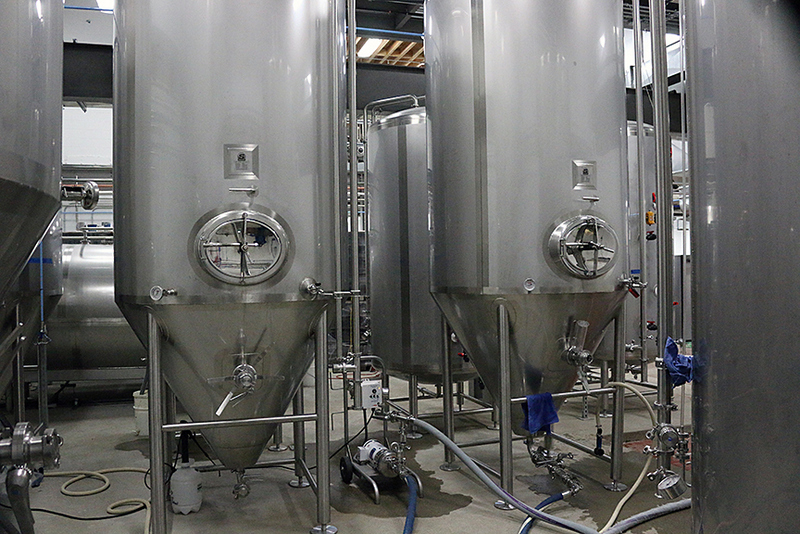
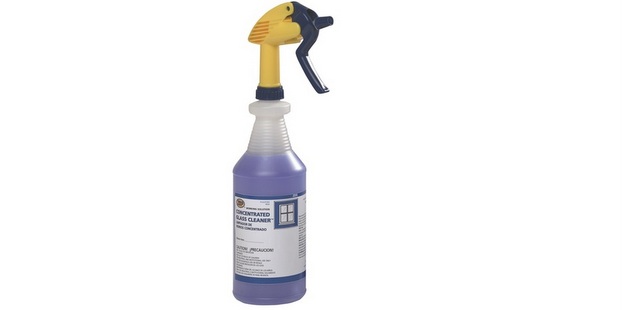
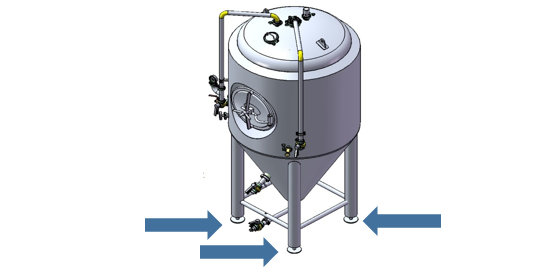
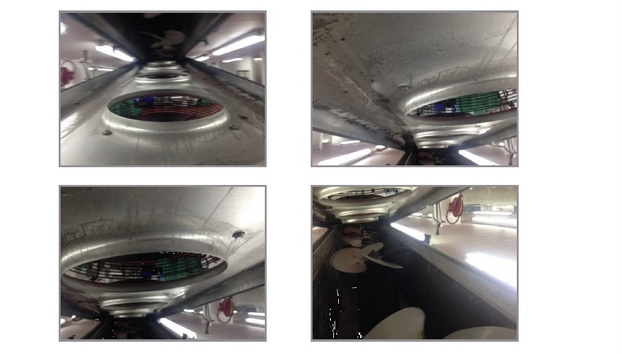


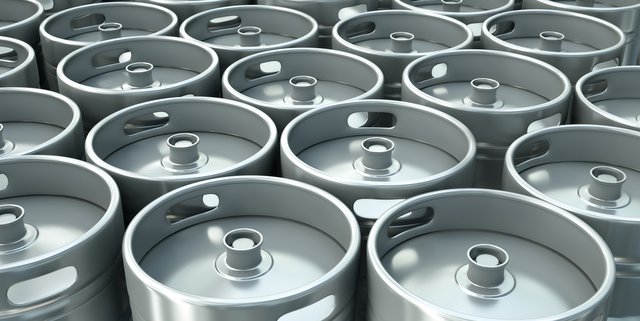
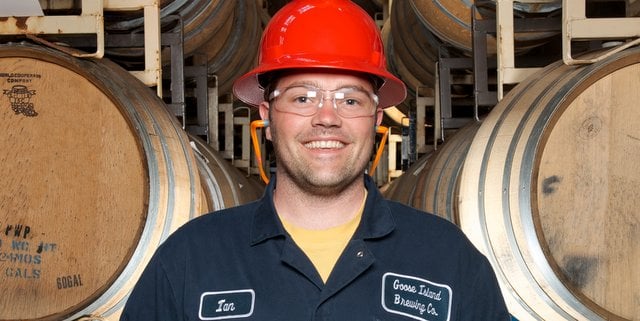
Leave a Reply
You must be logged in to post a comment.